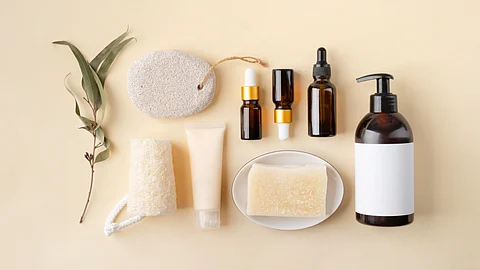They not only hydrate but also calm and protect your skin from environmental stressors, making your skincare routine feel like a luxury spa treatment (6).
Is Korean Skincare a Must-Have in Your Routine?
So, do you absolutely need Korean skincare in your beauty routine? According to Dr. Aanchal, the answer is a clear "no"—at least not for everyone. While these products are undeniably moisturizing, soothing, and effective, they’re not irreplaceable. K-beauty might give your skin that instant plump, glowing look, but it’s not something you can’t live without.
Dr. Aanchal explained that for people with dry or sensitive skin, K-beauty products may be a fantastic option. But for those with normal or oily skin, there are plenty of other skincare products out there that are equally effective. So, while K-beauty is fun to use, it’s not essential—especially if you’re not in a climate where it’s needed. (1)


